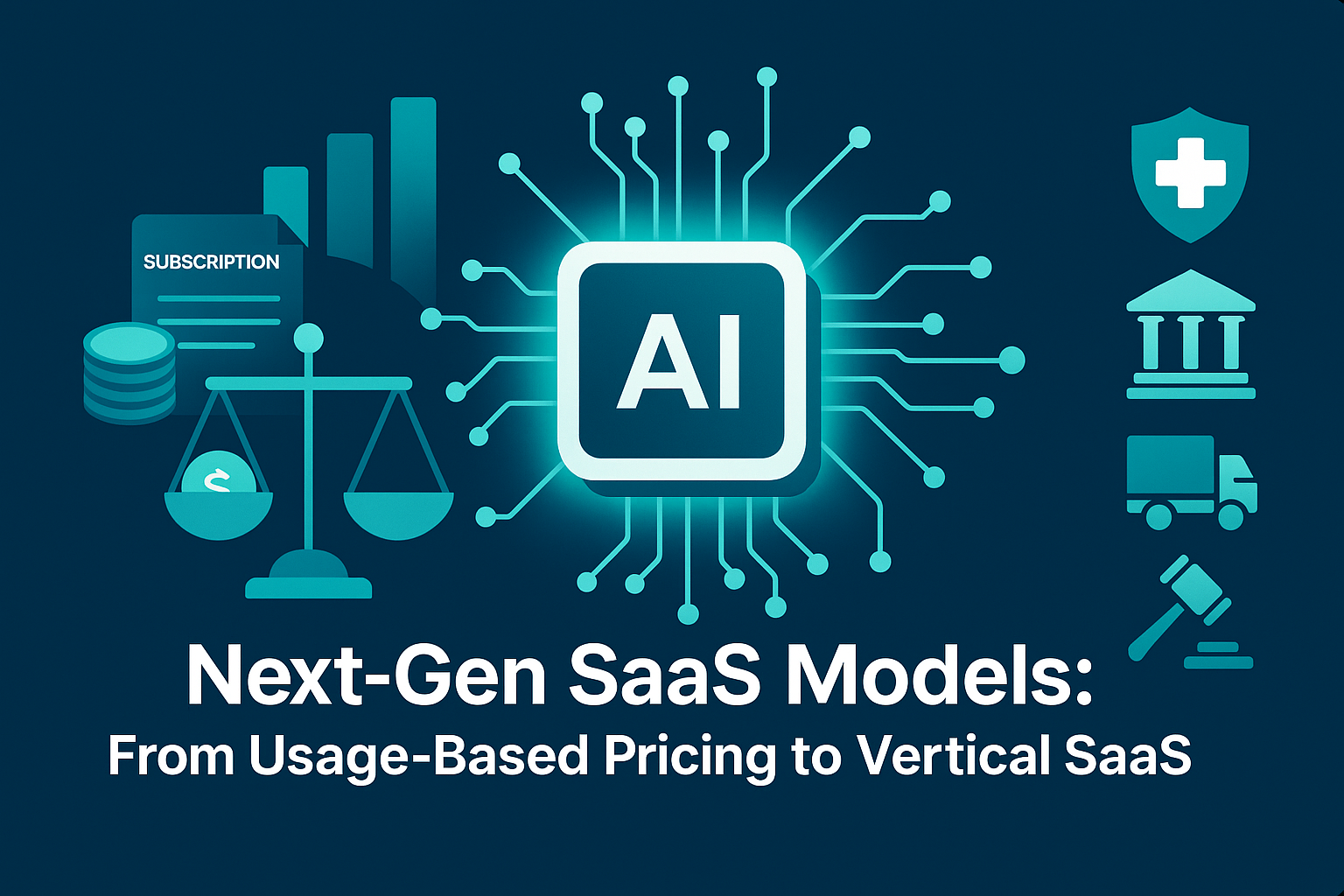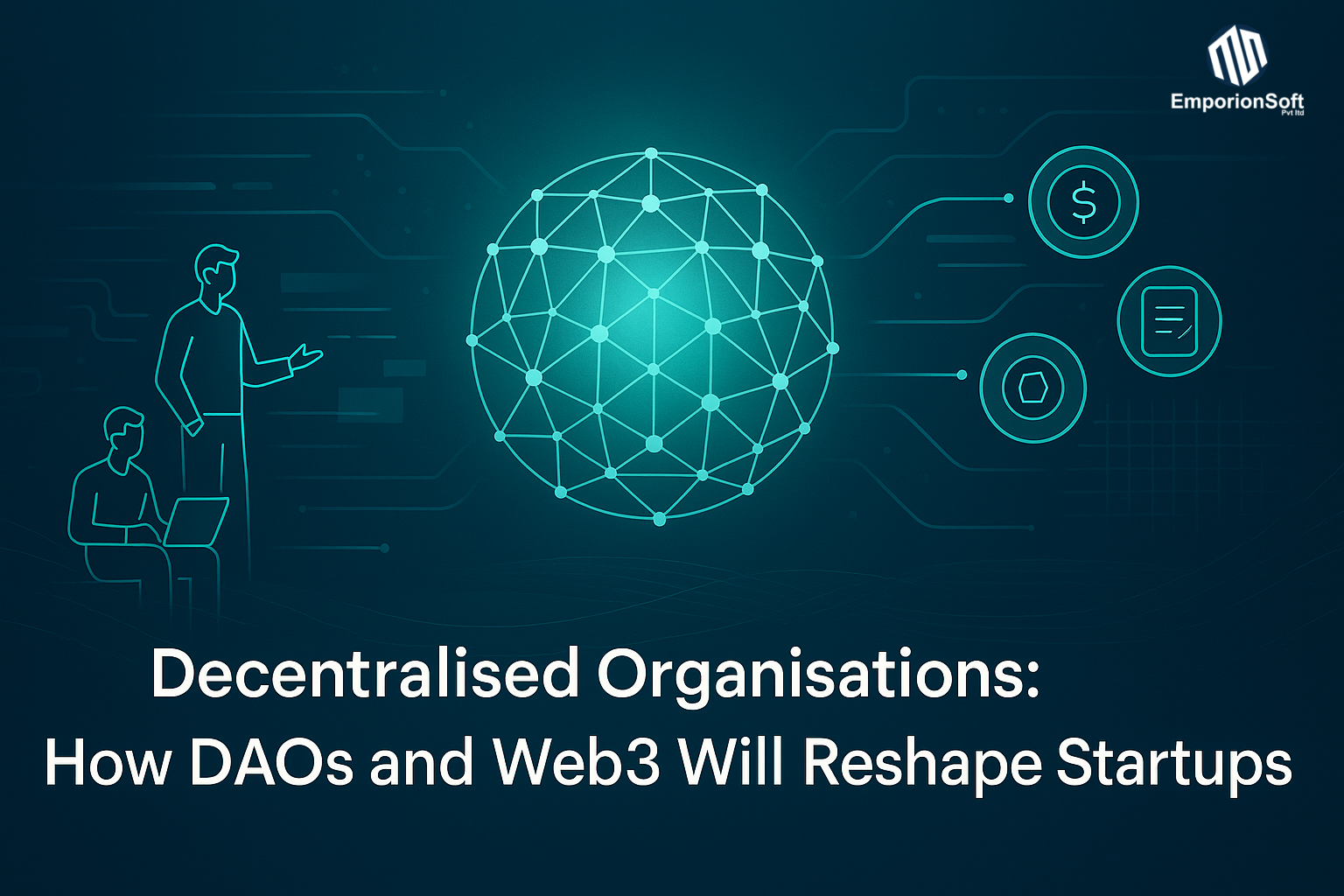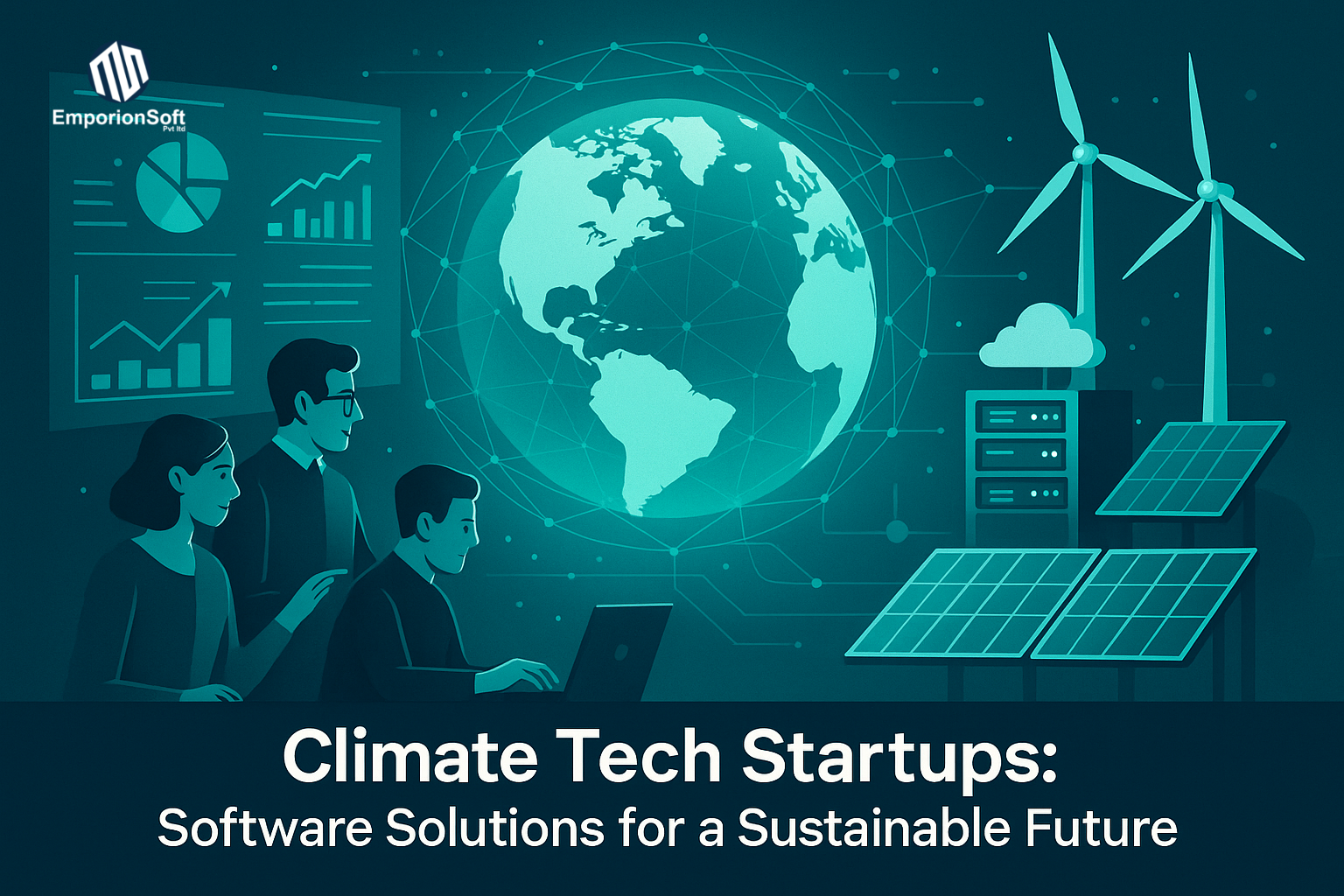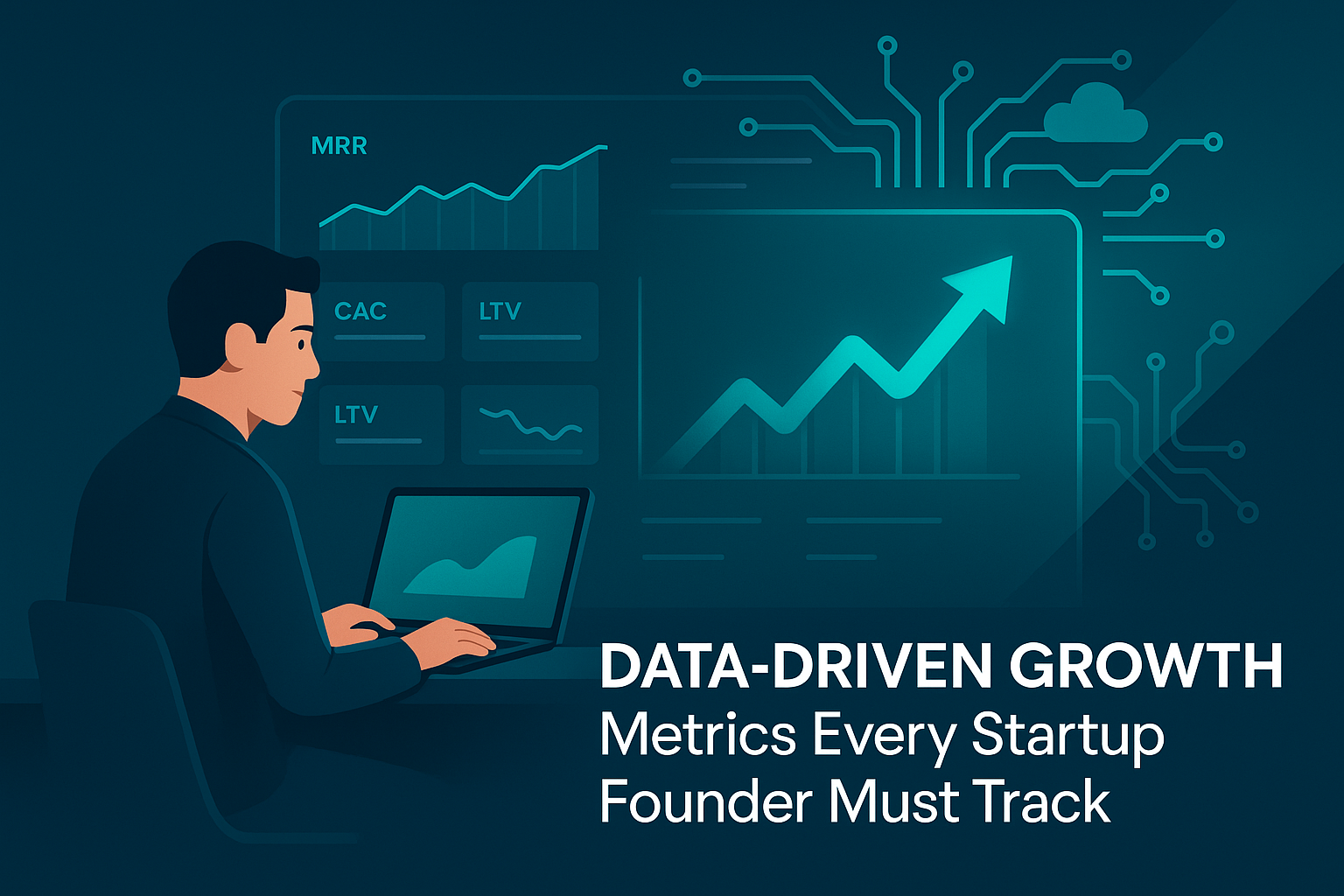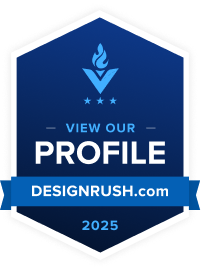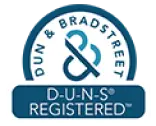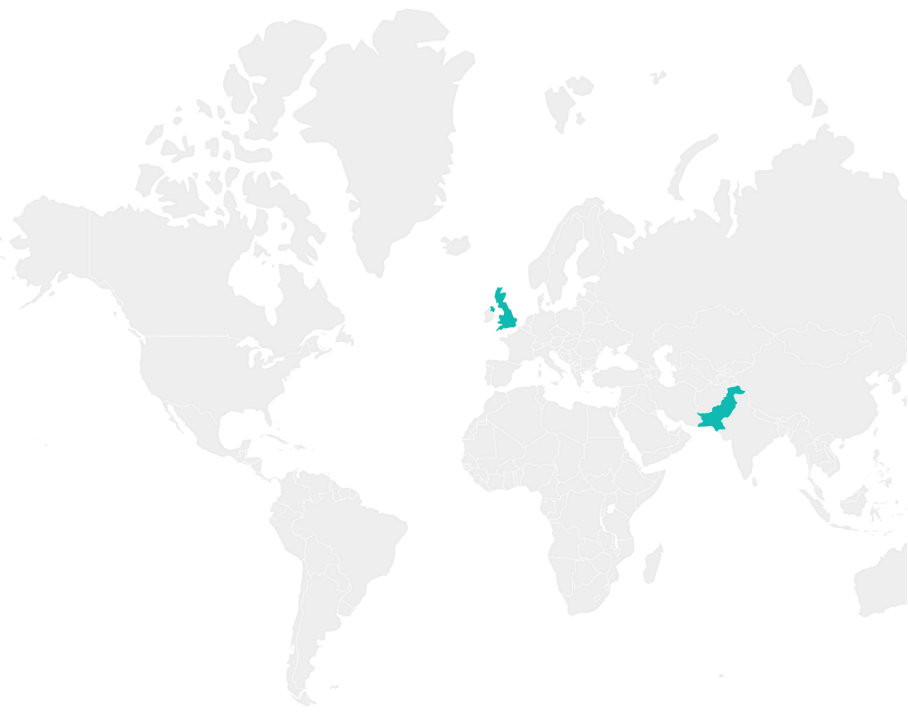Next-Gen SaaS Models: From Usage-Based Pricing to Vertical SaaS
Why SaaS Business Models Are Changing in 2025
SaaS business models 2025 are undergoing a dramatic transformation, driven by shifting customer expectations, market saturation, and the need for sustainable growth. Founders and investors alike recognise that the traditional “one-size-fits-all” subscription is no longer enough to keep customers loyal. Instead, the conversation in 2025 is about fairness, flexibility, and value — qualities that modern users expect from their software providers.
Over the last decade, SaaS has travelled an exciting journey. We started with traditional flat subscriptions — simple monthly or annual payments that prioritised predictability for providers. The next stage was freemium models, which enabled companies to grow fast by lowering barriers to entry, though they often struggled with conversion. By 2020, forward-thinking SaaS companies began experimenting with usage-based pricing, tying revenue directly to customer value. Fast-forward to 2025, and these approaches have evolved into a diverse set of strategies including hybrid and vertical SaaS models, each designed to maximise retention and reduce churn.
For founders, startups, and scaling businesses, understanding these shifts is essential. The companies that adopt innovative SaaS strategies are the ones that will lead their industries in customer satisfaction, profitability, and resilience.
The Evolution of SaaS Pricing Models
From Subscriptions to Freemium
Traditional subscriptions worked well in SaaS’s early days, offering stability for providers and straightforward billing for customers. However, in highly competitive markets, rigid pricing quickly became a limitation. Freemium models appeared as a clever alternative — providing entry-level access at no cost and creating large user bases ripe for upselling. Yet, the weakness was clear: high infrastructure costs with uncertain returns.
Rise of Usage-Based Pricing
Usage-based pricing, also known as the “pay-as-you-go” model, solved a key pain point. Customers only pay for what they use, aligning cost with value. For example, a small startup might pay pennies to access essential analytics, while a multinational scales their bill based on volume. This model, now mainstream in 2025, has been particularly powerful in reducing churn, as customers no longer feel locked into plans that don’t reflect their needs.
Looking Ahead to Hybrid and Vertical SaaS
By 2025, the SaaS world has become more nuanced. Hybrid models combine predictable subscriptions with variable usage tiers, while vertical SaaS companies specialise in tailored solutions for industries like healthcare, finance, or logistics. These models demonstrate that pricing is no longer just a financial decision — it is a strategic lever for growth.
Why This Matters for Founders and Scaling Businesses
For startups and growing organisations, pricing isn’t simply about revenue collection. It is about customer experience, retention, and differentiation. In crowded markets, adopting the wrong model can increase churn and slow down growth. Conversely, the right pricing approach can unlock competitive advantages and secure long-term loyalty.
This is why a growing number of businesses are seeking expert partners to help them navigate the complexity of SaaS strategy and implementation. At EmporionSoft, for example, we support ambitious founders with services that bridge technical execution and business alignment, ensuring SaaS models evolve in step with user demands (see our Services).
For developers and product leaders, aligning with trends is also crucial. Resources like The Software Developer’s Roadmap 2025 show how modern development must integrate with new pricing and delivery models to ensure scalability and profitability.
The Bigger Picture
The SaaS market continues to expand at pace. According to a recent Gartner report, global SaaS revenue is forecast to surpass $232 billion in 2025, up from $197 billion in 2023, highlighting not just growth but also the fierce competition within the sector. This scale of opportunity means the decisions founders make today about their pricing and delivery models will shape the sustainability of their businesses for years to come.
The Rise of Usage-Based SaaS Pricing
“Only pay for what you use” is not just a consumer slogan anymore — it has become a defining expectation of modern software buyers. In 2025, pay-as-you-go SaaS has emerged as one of the most powerful SaaS business models 2025, offering flexibility and fairness in a way traditional subscriptions cannot match. Customers today want pricing that reflects their actual consumption, not a flat monthly bill that often feels detached from value. This shift reflects a deeper trend: software must now adapt to customer behaviour, not the other way around.
Across industries, from data analytics platforms to cloud services, usage-based pricing is enabling companies to attract broader audiences and foster loyalty. When customers feel they are paying in proportion to the benefits they receive, they are more likely to stay engaged and renew. This alignment between price and value is central to why usage-based models are dominating SaaS conversations in 2025.
Why Pay-As-You-Go Resonates With Customers
Customer Retention Through Flexibility
One of the biggest challenges SaaS companies face is retention. High churn rates can quickly erode revenue, especially for startups with limited margins. Pay-as-you-go SaaS models address this by lowering the barrier to entry and keeping costs variable. Small customers don’t feel overcharged, while larger enterprises scale their payments seamlessly as usage grows.
This dynamic creates an environment where customers don’t resent monthly invoices. Instead, they see them as fair reflections of their usage. As a result, SaaS retention strategies increasingly prioritise consumption-based billing as a lever for reducing cancellations.
Fair Value Exchange Builds Trust
A core reason why SaaS churn reduction is stronger under usage-based models is the sense of transparency. Customers aren’t paying for unused features or locked into tiers that don’t fit their needs. Instead, they pay only when they generate value. This strengthens the customer-provider relationship, turning pricing into a trust-building mechanism rather than a source of frustration.
Pros & Cons for SaaS Startups
Advantages of Usage-Based SaaS Pricing
-
Scalability: Revenue grows alongside customer usage, making it easier to expand with high-value clients.
-
Market Accessibility: Startups can attract smaller users unwilling to commit to subscriptions.
-
Lower Churn: Flexible pricing reduces the pressure to cancel when customers’ needs fluctuate.
-
Customer Insights: Usage data provides deep insights into how customers engage with features, guiding product development.
These advantages explain why many SaaS firms now integrate usage-based options into their pricing experiments. By aligning customer outcomes with business revenue, providers strengthen their long-term sustainability.
Challenges and Trade-Offs
Despite the benefits, usage-based pricing also brings complexity. Startups must weigh several risks:
-
Revenue Forecasting: Predictable revenue streams are harder to achieve when bills fluctuate by customer usage. This can complicate fundraising and investor confidence.
-
Billing Complexity: Usage-based systems require robust infrastructure to track consumption, issue transparent invoices, and manage disputes.
-
Cash Flow Risks: Customers with inconsistent usage patterns may contribute to irregular revenue cycles.
For early-stage businesses, the decision often lies in striking a balance — offering usage-based tiers while keeping some fixed plans for predictability.
Practical Applications in 2025
SaaS companies adopting usage-based pricing are finding innovative ways to differentiate. For instance, cloud platforms charge by processing time or storage, while API-driven companies bill by the number of calls. These models not only serve customers better but also encourage providers to innovate continuously, optimising features around what delivers the most value.
EmporionSoft’s expertise in implementing cutting-edge solutions, such as Real-Time AI in Production, shows how businesses can adapt their SaaS models in line with evolving demand. Founders exploring usage-based strategies can also explore tailored guidance through EmporionSoft’s Consultation services.
The Broader Shift in the Subscription Economy
Usage-based pricing isn’t an isolated trend — it reflects broader changes across the digital economy. A Harvard Business Review analysis of the subscription economy highlights that customer-centric pricing is now the most important differentiator in competitive markets. Companies that innovate in pricing are not only winning more customers but also fostering deeper loyalty.
For SaaS founders in 2025, this shift means that pricing decisions are no longer just financial levers; they are central to customer strategy. Those who embrace usage-based models stand to reduce churn, increase retention, and future-proof their revenue streams.
Hybrid SaaS Pricing: The Best of Both Worlds
In the landscape of SaaS business models 2025, hybrid pricing has emerged as the natural bridge between the simplicity of subscriptions and the fairness of usage-based models. For enterprises, it offers the best of both worlds: predictable costs that satisfy finance teams and flexible consumption that appeals to operational leaders. This balance is particularly important at a time when customers expect adaptability without losing the stability they once valued in traditional models.
Why Hybrid Pricing Fits Enterprise SaaS Models
Enterprises often operate under two conflicting pressures: the need for reliable budgeting and the demand for agility. A flat subscription can provide cost certainty but fails to account for fluctuating usage across teams, projects, and business cycles. Conversely, a fully usage-based model can make long-term financial planning difficult.
SaaS hybrid pricing solves this tension by combining fixed subscriptions with variable consumption charges. For instance, a customer might pay a baseline fee for access to a platform, with additional charges based on storage, user activity, or data volume. This layered approach ensures that clients are never overpaying for unused capacity while vendors still secure recurring revenue.
Real-World Examples: AWS, Snowflake, and B2B Platforms
AWS (Amazon Web Services)
AWS is the classic example of consumption-based SaaS blended with hybrid principles. Customers typically commit to a baseline subscription tier for support and platform access, but variable charges are applied to usage categories such as storage, compute, or networking. This hybrid model has allowed AWS to scale globally, serving startups and Fortune 500 enterprises with equal relevance.
Snowflake
Snowflake’s approach has redefined cloud data warehousing. Clients pay for storage at predictable rates but face usage-based fees when computing resources are consumed. The duality of stable baseline charges and flexible consumption allows customers to scale efficiently while maintaining transparency in billing.
B2B SaaS Platforms
Beyond tech giants, smaller enterprise SaaS models are embracing hybrid pricing to differentiate. Platforms for project management, analytics, and customer engagement often include baseline tiers for core features with premium add-ons (e.g., extra dashboards or advanced AI insights). This approach helps companies serve both SMBs with limited budgets and enterprises with high consumption needs.
How Hybrid SaaS Pricing Works
A visual-friendly breakdown of hybrid models can be understood in three layers:
-
Base Tier Subscription – fixed monthly or annual cost guaranteeing access to the platform’s core features.
-
Add-Ons – optional upgrades for specialised needs such as security modules, advanced reporting, or integrations.
-
Consumption Fees – variable charges tied directly to customer usage (e.g., per gigabyte stored, per user added, per transaction processed).
This structure gives enterprises predictability at the core, while ensuring flexibility at the edges. Vendors benefit from recurring revenue while retaining the opportunity to monetise heavy users more effectively.
Benefits for SaaS Startups and Enterprises
For Customers
-
Budget Certainty: Finance teams can forecast recurring costs with confidence.
-
Scalability: Clients only pay extra as their usage grows, aligning spend with business outcomes.
-
Customisation: Add-ons allow enterprises to tailor solutions without paying for unnecessary features.
For Vendors
-
Revenue Diversification: Mix of subscription and consumption ensures steady cash flow with growth upside.
-
Customer Retention: Hybrid models discourage churn by offering choice, flexibility, and fairness.
-
Market Expansion: Vendors can attract both small clients (with low subscription entry points) and large enterprises (with high consumption tiers).
Strategic Importance in 2025
According to a McKinsey report, SaaS companies that adopt flexible pricing models such as hybrid or consumption-based approaches grow revenue 20–30% faster than those relying on static subscriptions. Similarly, BCG highlights that hybrid pricing enables providers to better capture value across diverse customer segments, especially in competitive enterprise markets.
For SaaS founders in 2025, hybrid pricing is no longer just an experiment — it is becoming a competitive necessity. The ability to strike a balance between stability and flexibility will define who scales sustainably and who risks stagnation.
Linking Pricing Models to Broader Cloud Growth
Hybrid SaaS pricing also ties closely to the broader evolution of cloud infrastructure. As highlighted in EmporionSoft’s insights on the Future of Cloud Computing, enterprises are increasingly adopting multi-cloud strategies that demand pricing models flexible enough to reflect varied usage patterns.
At EmporionSoft, we’ve seen through client engagements that successful pricing strategies often become as important as product features themselves. Businesses looking for real-world applications of hybrid pricing can explore detailed Case Studies that demonstrate its impact on scaling, retention, and customer satisfaction.
Final Thought
In 2025, SaaS hybrid pricing is not just a bridge between two models — it is the blueprint for balancing enterprise needs with modern customer expectations. By blending subscription predictability with consumption-based SaaS flexibility, companies can future-proof their offerings while unlocking sustainable growth.
Vertical SaaS: Industry-Specific Solutions for 2025
“In 2025, SaaS no longer aims to serve everyone—it aims to serve you.” This powerful shift captures the essence of vertical SaaS, one of the most dominant SaaS business models 2025. Unlike horizontal SaaS platforms that target broad business functions across industries, vertical SaaS solutions are designed with laser focus, catering to the unique workflows, compliance needs, and customer expectations of specific sectors such as healthcare, finance, logistics, and legal technology.
This transformation is redefining how companies perceive software value. Instead of one-size-fits-all platforms, businesses are increasingly choosing solutions that feel tailor-made for their challenges.
What Is Vertical SaaS?
Vertical SaaS refers to industry-specific SaaS products built to address the unique operational requirements of a single sector. Examples include:
-
Healthcare SaaS platforms offering electronic health records with built-in compliance for HIPAA or GDPR.
-
Finance SaaS tools tailored for risk management, fraud detection, and regulatory reporting.
-
Logistics SaaS solutions optimising fleet management, route planning, and supply chain visibility.
-
Legal tech SaaS platforms automating case documentation, e-discovery, and client management.
Unlike broad productivity tools that span multiple industries, vertical SaaS thrives by going deep into specialised functionality, offering superior domain expertise and higher relevance to target users.
Benefits of Vertical SaaS
Deep Domain Expertise
Vertical SaaS providers build solutions that mirror industry-specific workflows, creating seamless integration with daily operations. This level of alignment means customers spend less time customising software and more time using it effectively.
Lower Churn and Higher Retention
Customers using industry-focused solutions rarely find equal alternatives in generic platforms. This translates into significantly lower churn. The perceived value of vertical SaaS leads to stronger adoption and consistent renewals, a core advantage in a competitive subscription economy.
Higher Lifetime Value (LTV)
Because vertical SaaS is so closely tied to business-critical functions, clients are more willing to commit long term. As a result, SaaS LTV increases dramatically compared to horizontal providers. Long-term contracts, add-ons, and integrations amplify the revenue potential of each customer.
Risks and Limitations of Vertical SaaS
While the benefits are clear, vertical SaaS does face challenges:
-
Smaller Total Addressable Market (TAM): By focusing on a single industry, providers naturally reduce the size of their potential customer base. Growth requires careful scaling across geographies rather than across industries.
-
Higher Compliance Requirements: Industries such as healthcare and finance demand strict adherence to regulatory frameworks. Building secure, compliant solutions requires significant investment in governance and auditing.
-
Barrier to Diversification: Unlike horizontal SaaS providers, vertical players may find it harder to pivot into new sectors without fundamentally re-engineering their platform.
Despite these risks, the stability of long-term contracts and industry reliance on specialised tools often outweighs the limitations.
Vertical SaaS in 2025: Growth and Adoption
According to a Forbes report, the global vertical SaaS market is expected to grow at double-digit rates throughout 2025, driven by demand for tailored solutions in highly regulated and complex industries. Similarly, TechCrunch notes that investor interest in industry-focused SaaS startups has surged, particularly in healthcare and fintech, where innovation meets necessity.
The rise of vertical SaaS examples highlights how software is no longer about being broad but about being indispensable. Startups entering this space are securing higher valuations due to predictable recurring revenue streams and long-term retention potential.
Vertical SaaS and Broader Tech Trends
Vertical SaaS does not exist in isolation; it is part of the broader evolution of adaptive, resilient software development. EmporionSoft’s insights on Adaptive Software Development demonstrate how customisation and agility are key to meeting industry-specific needs. Similarly, innovations in areas such as blockchain are opening opportunities for compliance and security in niche SaaS markets, as discussed in Blockchain Beyond Crypto.
This convergence of industry-specific SaaS with emerging technologies underscores why vertical SaaS is one of the most promising business models of 2025.
Final Thought
Vertical SaaS represents a strategic pivot away from generic platforms toward precision-fit, domain-driven solutions. By focusing on deep expertise, lowering churn, and driving higher SaaS LTV, these providers secure stronger customer relationships and long-term growth. While the TAM may be smaller, the depth of engagement ensures that vertical SaaS will remain a powerful force in 2025 and beyond.
AI-Driven SaaS: From Smart Features to Smart Monetisation
“AI isn’t an add-on for SaaS anymore—it’s the backbone.” In 2025, the most competitive SaaS business models 2025 are not those that simply offer automation or analytics as optional extras. Instead, the winners are platforms where artificial intelligence, automation, and data lakes form the very foundation of how value is delivered and monetised.
AI-enabled SaaS solutions are moving beyond operational efficiency into the realms of predictive intelligence, hyper-personalisation, and adaptive pricing. The result? SaaS companies are achieving lower churn, higher customer lifetime value, and entirely new revenue streams.
AI SaaS 2025: Predictive Analytics at the Core
Modern SaaS platforms are leveraging AI to predict user needs before they become problems. Predictive analytics enables businesses to anticipate customer churn, forecast resource demand, and even identify cross-sell opportunities. For example, a project management SaaS might suggest additional integrations when it predicts that a customer’s workload will spike, turning AI SaaS 2025 into a proactive business partner rather than a passive tool.
This predictive capability is transforming how startups and enterprises make decisions. It moves software from being reactive to anticipatory, fundamentally changing customer expectations and satisfaction.
Personalisation as a Growth Driver
Customers are no longer content with generic experiences. AI-driven SaaS tools excel at creating personalised journeys by analysing usage patterns, preferences, and behavioural data. From tailored dashboards to adaptive onboarding sequences, personalisation powered by AI has become one of the most effective retention levers in modern SaaS.
By tailoring features and communications to individual customer profiles, SaaS providers strengthen engagement and reduce churn. This reflects a wider market trend: customer-centric personalisation is now seen as a baseline expectation in SaaS business models 2025.
AI in Customer Support and Engagement
AI-driven chatbots and virtual assistants are no longer simple FAQ responders. In 2025, they provide context-aware guidance, support ticket triage, and even in-app coaching. Intelligent assistants enhance customer experiences by resolving queries faster, reducing human support costs, and increasing user confidence.
For SaaS providers, these tools generate invaluable data. Every customer interaction enriches the platform’s predictive models, which in turn drives product improvements and SaaS data monetisation strategies.
Data Lakes: The Foundation of Intelligent SaaS
AI thrives on data. Without scalable, well-structured data storage, SaaS companies cannot unlock the full value of machine learning. This is why data lakes have become indispensable in 2025. By consolidating structured and unstructured data from multiple sources, they enable real-time analytics and actionable insights.
For example, SaaS companies leveraging insights from Harnessing the Power of Data Lakes can design smarter pricing models, improve user segmentation, and enhance feature recommendation engines. Data lakes ensure that SaaS businesses don’t just collect data — they turn it into long-term competitive advantage.
Smart Monetisation: AI Pricing SaaS and Intelligent Upselling
One of the most transformative applications of AI in SaaS is intelligent pricing. Traditional tiers and discounts are giving way to AI pricing SaaS, where algorithms dynamically adjust based on user value, industry benchmarks, and even seasonality.
Additionally, intelligent upselling strategies are now powered by machine learning. Instead of broad marketing campaigns, AI identifies micro-opportunities — suggesting premium features only when customers are most likely to convert. This not only increases revenue per user but also strengthens satisfaction, as recommendations feel helpful rather than intrusive.
Linking AI and Modern SaaS Development
AI-driven SaaS is inseparable from innovation in software engineering. As EmporionSoft explains in How AI is Revolutionising Software Development, automation and machine learning are reshaping coding, deployment, and scalability itself. When combined with SaaS platforms, these shifts lead to faster releases, smarter product iterations, and more responsive user experiences.
The convergence of AI development and SaaS monetisation strategies is setting a new benchmark for software businesses in 2025.
The Bigger Picture: AI SaaS Market Growth
Industry analysts consistently highlight the pace of AI adoption in SaaS. According to reports shared by TheCodeV, AI is now considered a “non-negotiable” for competitive SaaS platforms, with investors favouring startups that demonstrate clear AI integration. This underlines the reality that artificial intelligence has transitioned from a differentiator into a market expectation.
Final Thought
By embedding AI, automation, and data lakes into their DNA, SaaS providers in 2025 are creating smarter, more personalised, and more profitable platforms. From predictive analytics to AI pricing SaaS, these innovations are not only transforming customer experiences but also redefining how software companies scale. The shift confirms one truth: the future of SaaS lies not in generic functionality but in intelligence, adaptability, and monetisation through data.
Retention-First SaaS Design
“Retention, not acquisition, defines SaaS success in 2025.” This statement captures the reality facing modern SaaS providers. While acquiring new customers remains important, the real battleground lies in keeping existing users engaged, satisfied, and loyal. In an increasingly competitive market, the most successful SaaS business models 2025 are built around retention-first strategies that reduce churn and maximise customer lifetime value (LTV).
Customer-centric design goes far beyond product functionality. It involves anticipating user needs, personalising experiences, and building long-term relationships. By focusing on personalised onboarding, engagement metrics, continuous feedback, and user experience improvements, SaaS providers are turning retention into their strongest growth driver.
Personalised Onboarding: Setting the Tone Early
Onboarding is the critical moment when first impressions are made. In SaaS onboarding 2025, companies no longer deliver one-size-fits-all tutorials. Instead, they use AI and behavioural data to create personalised onboarding flows that reflect user roles, goals, and preferences.
For example, a project manager might be shown collaborative tools first, while a developer is introduced to integration options. This customised approach reduces friction, accelerates time-to-value, and increases adoption rates.
Personalised onboarding is one of the most effective SaaS UX best practices, ensuring that customers feel understood from day one. It lays the foundation for long-term retention and higher satisfaction levels.
In-App Engagement Metrics: Measuring What Matters
Once customers are onboarded, tracking engagement becomes vital. SaaS providers now rely on in-app analytics to monitor usage frequency, feature adoption, and drop-off points. These insights allow companies to intervene early if a customer appears disengaged.
For instance, if analytics reveal that a team has stopped using collaboration features, providers can trigger in-app prompts offering guidance, tutorials, or even discounts on advanced tools. This proactive approach not only increases engagement but also prevents churn.
As EmporionSoft highlights in Project Management Tools, understanding how customers interact with features helps businesses optimise products in real time. By aligning product decisions with actual customer behaviour, SaaS companies ensure relevance and stickiness.
Customer Feedback Loops: Listening to Stay Relevant
Engagement is not just about monitoring — it’s about dialogue. Modern SaaS companies are embedding customer feedback loops directly into their platforms, using surveys, feedback widgets, and real-time chat to capture insights.
These loops allow providers to refine products continuously, addressing user pain points before they escalate into cancellations. More importantly, they create a sense of co-creation, making customers feel invested in the product’s evolution.
When customers see that their feedback leads to tangible improvements, trust deepens and churn declines. This is why customer-centric SaaS strategies prioritise listening as much as building.
Lowering Churn With UX Improvements
Churn is often the result of poor user experience rather than poor product functionality. In 2025, SaaS UX best practices emphasise intuitive design, simplified workflows, and responsive support. Companies are investing heavily in usability testing and iterative design to ensure seamless customer journeys.
For example, eliminating unnecessary steps in onboarding forms, improving navigation, or adding contextual tooltips can significantly reduce frustration. Even small changes in interface design can improve adoption and boost retention.
According to a Deloitte report, SaaS companies that prioritise UX see up to 25% higher customer retention compared to those that focus solely on features. This underscores the strategic role of design in shaping the financial success of modern SaaS businesses.
Building Lifetime Value
The end goal of customer-centric strategies is not just retention but maximising SaaS customer lifetime value. By reducing churn, driving deeper adoption, and cultivating advocacy, SaaS providers can transform satisfied users into long-term partners.
Effective strategies include:
-
Tiered loyalty programmes that reward long-term customers.
-
Contextual upselling based on in-app behaviour.
-
Proactive success management, ensuring customers achieve their intended outcomes.
Together, these efforts increase revenue per customer while lowering acquisition costs.
SaaS companies ready to refine their retention strategies can connect directly with EmporionSoft for tailored support via Contact Us.
Final Thought
In SaaS business models 2025, customer-centric design is no longer optional — it is the primary driver of growth. From personalised onboarding to real-time feedback loops, providers that invest in retention-first strategies are not only reducing churn but also unlocking higher customer lifetime value.
By embedding SaaS UX best practices and aligning product development with user needs, businesses position themselves to thrive in a saturated market. Retention has become the new acquisition, and in 2025, it defines the future of SaaS.
The Future of SaaS Business Models 2025 and Beyond
The evolution of SaaS has always been driven by one principle: aligning business value with customer value. In SaaS business models 2025, that alignment has never been stronger. From usage-based pricing to hybrid models, from vertical SaaS to AI-powered platforms and customer-centric design, the industry is embracing strategies that prioritise retention, fairness, and adaptability.
Usage-Based and Hybrid Pricing: Redefining Fairness
The rise of pay-as-you-go SaaS demonstrated that customers value transparency and flexibility. By paying only for what they use, businesses perceive pricing as a fair exchange, leading to reduced churn and stronger trust.
Meanwhile, hybrid SaaS pricing has emerged as the natural bridge between subscription predictability and usage-based flexibility. Enterprises now enjoy stable baselines for budgeting, alongside scalable options that grow with demand. Together, these models strengthen customer relationships while diversifying revenue streams.
Vertical SaaS: Precision Over Scale
The surge of industry-specific SaaS reflects a critical shift: software is no longer about serving everyone, but about serving industries with deep expertise. From healthcare to finance and logistics, vertical SaaS examples showcase how specialised solutions deliver lower churn and higher SaaS customer lifetime value (LTV).
Although the total addressable market may be narrower, the payoff lies in higher retention, stronger compliance capabilities, and customers who treat SaaS platforms as indispensable.
AI-Powered SaaS: Intelligence at the Core
Artificial intelligence has moved from feature to foundation. AI SaaS 2025 is driving predictive analytics, hyper-personalisation, and intelligent upselling. Data lakes, automation, and AI pricing SaaS strategies ensure providers are not just delivering tools, but learning, adapting, and monetising in smarter ways.
As Gartner’s 2025 SaaS forecast shows, global SaaS revenue is projected to surpass $230 billion, with AI-driven solutions leading much of that growth. The platforms that embed AI and data at their core are the ones positioned to scale sustainably.
Customer-Centric SaaS: Retention as the Growth Engine
In 2025, SaaS success is defined not by how many customers a company acquires, but by how many it retains. SaaS onboarding 2025, in-app engagement metrics, and continuous feedback loops are helping providers deliver experiences that reduce churn and maximise satisfaction.
By embedding SaaS UX best practices, companies are improving usability, strengthening loyalty, and unlocking higher LTV. Retention-first design is no longer optional; it is the cornerstone of every competitive SaaS strategy.
Scaling with EmporionSoft Pvt Ltd
The future of SaaS is clear: businesses that embrace modern pricing, AI innovation, and customer-centric design will thrive, while those that cling to outdated models risk falling behind. The challenge for founders and enterprises lies in execution — choosing the right model, implementing it effectively, and ensuring scalability.
This is where EmporionSoft Pvt Ltd can help. As a trusted technology partner, we specialise in aligning SaaS strategy, development, and scaling with modern market demands. Whether you are exploring usage-based pricing, building AI-enabled SaaS solutions, or launching an industry-specific platform, our expertise ensures your product is ready for growth.
Discover more About us, explore our Services, or book a tailored Consultation to see how we can accelerate your SaaS journey.
Final Thought
The SaaS industry in 2025 is at a crossroads. With hybrid models balancing predictability and flexibility, vertical SaaS delivering deep expertise, AI transforming monetisation, and customer-centric strategies reducing churn, the future belongs to companies that adapt with speed and precision.
According to McKinsey Digital, SaaS providers that modernise their models can achieve 20–40% higher growth compared to competitors clinging to traditional subscriptions. The evidence is clear: next-generation SaaS models are not a trend but a survival strategy.
If you’re ready to scale smarter, build stronger retention, and future-proof your business, it’s time to act. Partner with EmporionSoft Pvt Ltd and let’s shape the next era of SaaS together.
